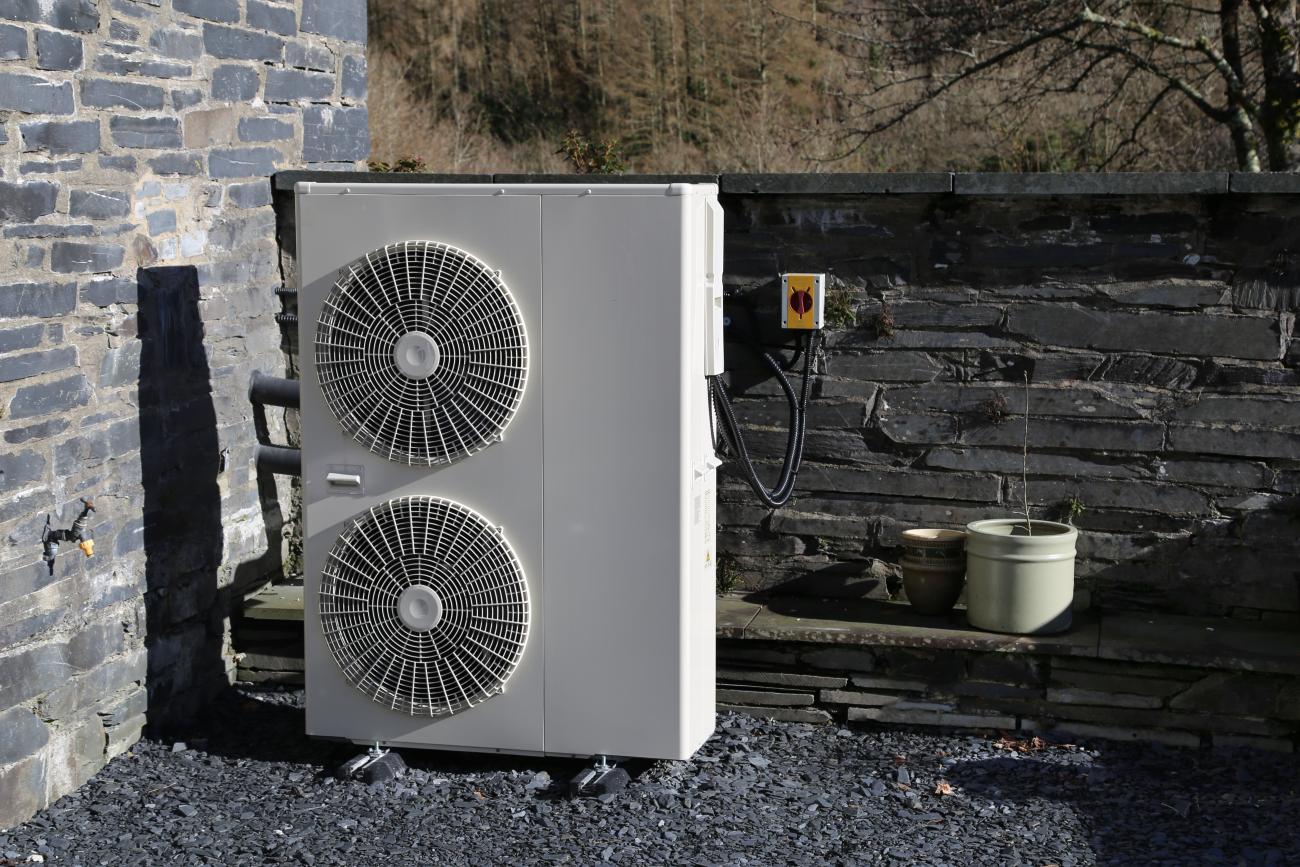Despite growing investment in renewable energy, global heating systems remain a major source of emissions—and a largely overlooked weak spot in climate policy. In this blog, Dr Jan Rosenow, Leader of the Energy Programme at the ECI, explores why simply switching to renewable sources isn’t enough, and how EU policy must evolve to ensure heating systems are not just cleaner, but significantly more efficient. Drawing on new research, he outlines a roadmap for aligning climate ambition with practical, people-focused solutions.
Heating in buildings represents nearly one-third of the EU’s total energy demand, with an alarming 75% of this heat still generated from fossil fuels. Yet, despite its critical role in the climate crisis, the transition to clean heating remains sluggish, uneven, and often inefficient.
In our latest paper, “From Inefficient to Efficient Renewable Heating: A Critical Assessment of the EU Renewable Energy Directive”, published in ‘Sustainability’, we argue that the EU’s current policy framework risks locking us into inefficient renewable heating systems, undermining both climate goals and consumer benefits. Here’s what policymakers, industry leaders, and citizens need to know—and why we must act now to course-correct.
The heating dilemma: Clean vs. efficient
The EU Renewable Energy Directive (RED) was established to accelerate the adoption of renewable energy across sectors, including heating. On the surface, this seems like a win: renewable heating systems, such as solar thermal and heat pumps, are replacing fossil fuel-based systems. However, not all renewables are created equal.
The problem lies in the Directive’s narrow focus on increasing the share of renewable energy in heating without adequately prioritising energy efficiency. As a result, policymakers and consumers are incentivised to adopt any renewable heating technology—even if it’s inefficient, costly, or environmentally questionable.
For example, biomass boilers, which burn wood pellets or chips, are classified as “renewable” under the RED. Yet many of these systems operate at low efficiency and emit harmful particulate matter. Heat pumps, by contrast, use renewable electricity to deliver 3–4 units of heat for every 1 unit of energy consumed. They are vastly more efficient and scalable but face slower adoption due to higher upfront costs and policy blind spots.
By failing to distinguish between high- and low-efficiency renewables, the RED risks perpetuating a system where “renewable” does not always mean “sustainable.”
The efficiency gap: Where the directive falls short
Our research identifies critical flaws in the current RED framework. First, loopholes allow older, inefficient biomass systems to qualify for renewable energy targets, despite their poor performance and environmental trade-offs. This creates a perverse incentive to retain outdated technologies rather than upgrade to modern, efficient alternatives.
Second, renewable energy targets focus on the source of energy, such as biomass, rather than the outcome, like energy savings or emissions reductions. This ignores the fact that inefficient systems waste energy, even if they’re powered by renewables. In fact the more inefficient heating systems are and the more energy they require, the more do they deliver towards EU targets under the current framework.
Third, equity concerns arise as low-income households often lack the capital to invest in efficient systems like heat pumps. Without targeted support, the transition could deepen energy poverty, leaving vulnerable populations reliant on cheap but inefficient biomass or fossil fuels.
A pathway to truly sustainable heating
To align the EU’s heating transition with climate goals and social equity, the Renewable Energy Directive must evolve.
Redefining “renewable heating” to prioritise efficiency is essential. The revised RED should introduce efficiency thresholds for technologies to qualify as renewable. For instance, only biomass systems with >90% efficiency, such as advanced pellet boilers, could be eligible. Heat pumps, given their superior efficiency, should receive stronger policy support and incentives. This shift would ensure renewable energy targets prioritise systems that maximise energy savings and minimise waste.
Integrating energy efficiency into renewable targets is another priority. Renewable energy and energy efficiency are not competing priorities—they’re two sides of the same coin. The RED should adopt a “Efficiency First” principle, requiring member states to demonstrate how renewable heating policies also reduce energy demand.
Finally, ensuring an equitable transition is critical. The upfront cost of efficient systems like heat pumps remains a barrier for many households. Policymakers can address this by expanding grants and low-interest loans for low-income households, linking renewable heating incentives to social equity programs, and promoting community-driven projects such as district heating networks powered by heat pumps.
Read the full paper: From Inefficient to Efficient Renewable Heating: A Critical Assessment of the EU Renewable Energy Directive, in Sustainability, for a deeper dive into the data, case studies, and policy recommendations.


